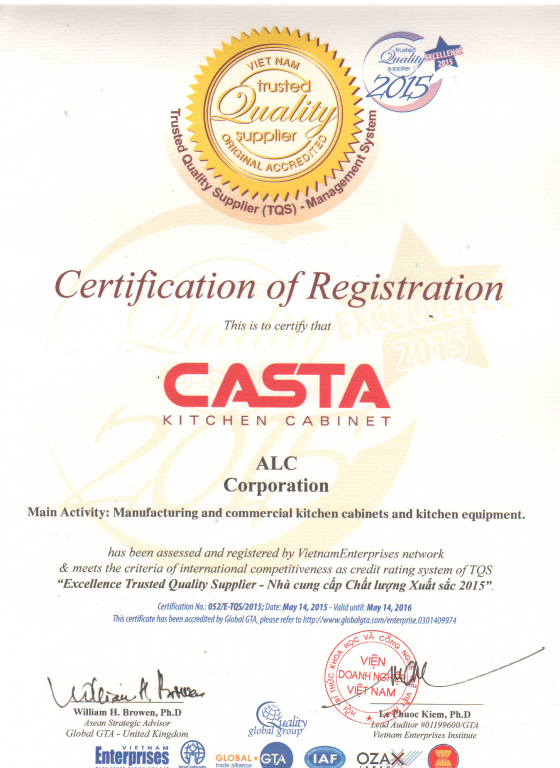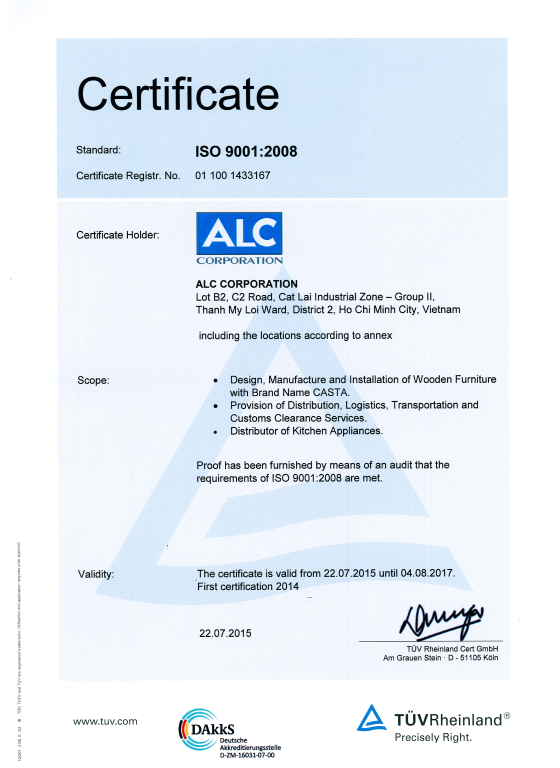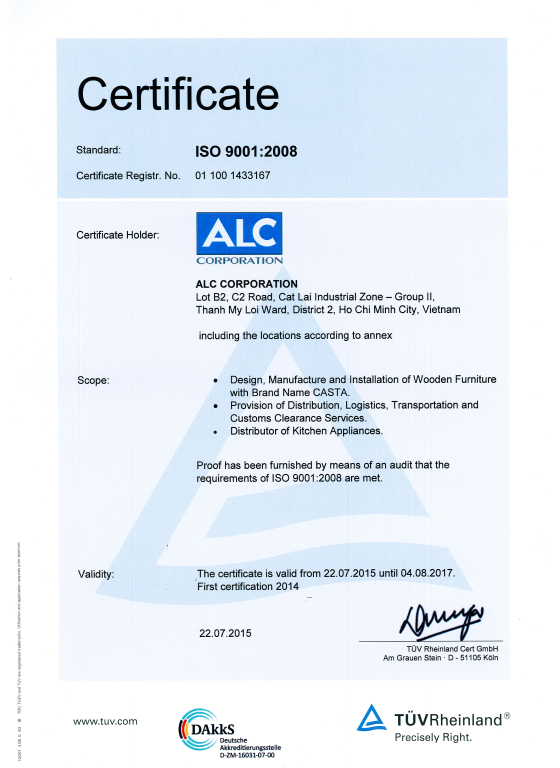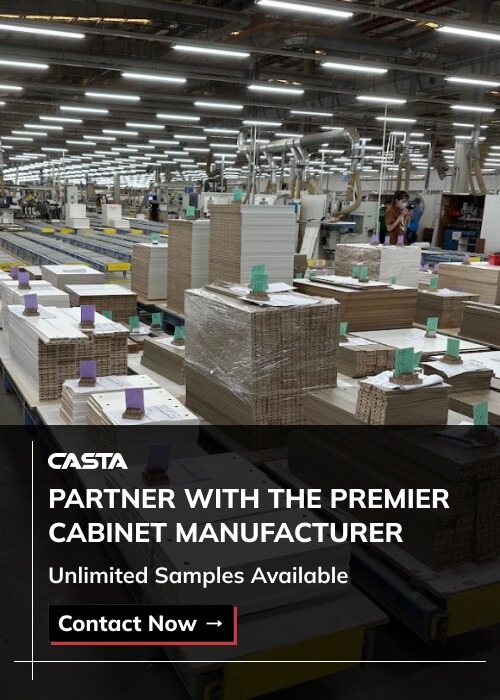Cabinet hinges play a pivotal role in the daily functionality and perceived quality of kitchen and furniture installations. Whether you’re installing soft close cabinet hinges in a custom luxury kitchen or specifying self close hinges for cabinets in multi-unit housing, the right hinge choice can enhance user experience, reduce maintenance calls, and boost project margins. In this guide, we’ll explore the two primary hinge types—soft close vs self close cabinet hinges—examining their mechanics, pros and cons, application suitability, and installation considerations to help contractors, cabinet brands, and furniture companies make informed decisions.
Table of Contents
1. Definitions and Basic Mechanics
When evaluating soft close vs self close cabinet hinges, it’s crucial to understand the distinct technologies and how each affects cabinet performance, noise level, and user experience.
1.1 Soft Close Cabinet Hinges
- Definition: Hinges equipped with hydraulic or pneumatic damping pistons that slow down the door’s final swing, delivering a smooth, quiet close every time.
- Key Features:
- Gentle, Silent Closing: Eliminates slamming by controlling the last 10°–20° of movement—an essential feature in open-plan homes and luxury kitchens.
- Enhanced Safety: Prevents finger-pinch injuries, making soft close cabinet hinges especially valuable in child-safe environments, daycare centers, and family-oriented cabinetry.
- Integrated Damper: Built directly into the hinge assembly—no need for separate edge-mounted dampers or additional hardware.
- Adjustable Damping Force: Many models allow on-door fine-tuning of closing speed, ensuring consistent performance across different door weights and finishes.

1.2 Self Close Cabinet Hinges
- Definition: Hinges featuring an internal spring or cam lever that automatically draws the cabinet door closed once it passes a certain angle (typically around 30°).
- Key Features:
- Automatic “Pull-In” Closure: Even if the door is left partially open, the hinge’s spring mechanism engages and snaps the door shut—ideal for busy commercial kitchens, rental units, and RTA furniture.
- Reliability in Varied Conditions: Simple spring-driven designs maintain consistent performance in dusty or humid environments without requiring specialized maintenance.
- Compact Mechanism: Fewer moving parts compared to hydraulic systems, reducing complexity and potential points of failure in self close hinges for cabinets.
- Tension Adjustment: Some models offer a discrete adjustment screw to increase or decrease closing force, accommodating doors of varying sizes and weights.
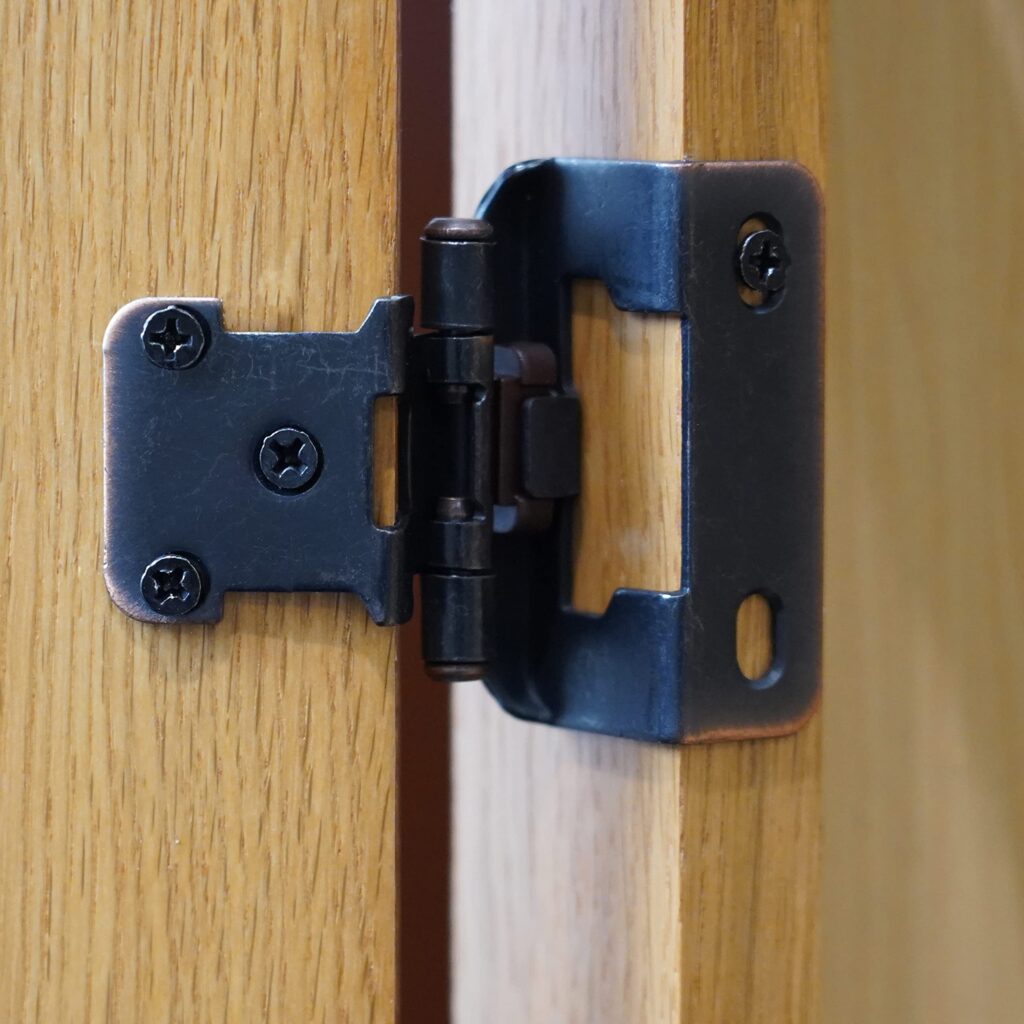
1.3 Common Misconceptions
- All Quiet Hinges Are Not “Soft Close”: Many users label any non-slamming hinge as “soft close,” but true soft close cabinet hinges rely on a damping system—whereas self-closing soft close cabinet hinges incorporate both a spring pull-in and a damping piston for ultimate convenience.
- Soft Close vs Push-to-Close: Soft close hinges simply slow the door; they do not latch it. Push-to-close or “touch latches” physically snap the door closed with no handle—distinct from both soft close and self close mechanisms.
- Spring-Loaded vs Hydraulic: While self close hinges depend on spring action for closure, soft close hinges use fluid dynamics. Hybrid models now offer both spring “snap” and hydraulic damping—ideal for projects seeking the best of both soft close vs self close cabinet hinges worlds.
Learn more: Types of cabinet hinges
By accurately differentiating soft close cabinet hinges and self close hinges for cabinets, contractors and cabinet brands can select the optimal hardware for each application—whether prioritizing silence, safety, automatic closure, or cost-effectiveness.
2. Which One’s Right for You?
Selecting between soft close vs self close cabinet hinges depends on project requirements, budget constraints, and the expected return on investment. Below is a detailed guide tying hinge choice to cost-effectiveness and profit potential in common use cases:
| Use Case | Recommended Hinge Type | Reason, Benefits & ROI |
| Luxury Kitchens / Custom Homes | Soft Close Cabinet Hinges | • Premium Feel: Gentle, silent closing elevates perceived value and can justify a higher price point (5–10% premium).• Child Safety: Reduces liability and adds market appeal to family-friendly homes.• Long-Term ROI: Fewer warranty calls, enhancing profit margins over time. |
| Multi-Family Projects / Rentals | Self Close Cabinet Hinges | • Durability: Simple spring mechanism tolerates heavy use, reducing replacement costs.• Speed & Labor Savings: Faster installation cuts labor hours by up to 20%—boosting per-unit profit on large runs.• Lower Upfront Cost: Hinges cost 40–50% less, immediately improving margins. |
| RTA Flat-Pack Brands | Self Close or Hybrid Hinges | • Alignment Tolerance: Spring action compensates for DIY misalignments, reducing returns and logistics expenses.• Upgrade Path: Hybrid self-closing soft close vs self close cabinet hinges sell as a premium add-on—driving upsell revenue. |
| Child-Safe Environments | Soft Close Cabinet Hinges | • Safety & Reputation: Prevents finger pinches and slamming noise—critical for schools and daycare bids.• Value Add: Allows a 7–12% price increase per door set due to enhanced safety features. |
| Commercial / Office Furniture | Self Close Cabinet Hinges | • Automatic Closure: Doors stay shut in high-traffic areas, reducing maintenance calls and liability claims.• Cost Efficiency: Simple mechanism lowers both hinge cost and service overhead, maximizing ROI in bulk installations. |
| Hospitality & Retail Displays | Hybrid Self-Closing Soft Close Hinges | • Showcase Quality: Blend pull-in convenience with silent damping—positions products at a higher price tier.• Guest Experience: Prevents slams in hotel minibars and retail fixtures, supporting premium nightly rates or retail margins. |
| Healthcare & Laboratory Cabinets | Soft Close Cabinet Hinges | • Hygiene & Safety: Quiet, controlled closing minimizes contamination risks and noise pollution in clinical settings.• Lifecycle Value: Hydraulic damping endures 50,000+ cycles, reducing long-term hinge replacement expenses. |
| Outdoor & Marine Applications | Self Close Cabinet Hinges | • Weather Resistance: Fewer parts and sealed springs perform reliably in humidity and salt air, cutting field-service costs.• Budget-Friendly: Lower hinge cost helps offset the premium for marine-grade cabinet materials. |
Tip: For maximum flexibility and profitability, consider self-closing soft close cabinet hinges—hybrid models that merge spring-driven pull-in with integrated damping. They unlock both the cost-efficiency of self close hinges and the luxury feel of soft close operation, delivering stronger ROI across diverse cabinet programs.
Learn more: Top rated cabinet manufacturers
3. Mechanism and Technology Comparison
When weighing soft close vs self close cabinet hinges, it’s important to understand the distinct mechanics that define each hinge’s performance, longevity, and user experience. Below, we delve deeper into how soft close cabinet hinges and self close hinges for cabinets operate and what that means in real-world applications.
3.1 How Soft Close Cabinet Hinges Work
- Hydraulic/Pneumatic Damper: A piston filled with silicone oil or gas is integrated into the hinge body. As the door swings through the last 20°–30°, fluid is forced through a calibrated valve, decelerating movement and delivering the hallmark controlled motion of soft close cabinet hinges.
- Adjustable Damping: Premium soft close hinges allow you to dial the damping level through a small adjustment screw—ideal when specifying soft close vs self close cabinet hinges for doors of varying weight, from lightweight MDF to glass-front cabinet doors.
- Silent Operation: By eliminating slam noise, soft close hinges enhance user comfort in open-plan living and high-end projects, underscoring the luxury feel of custom kitchens.
- Durability & Maintenance: Designed to endure over 25,000 cycles without seal failure or oil leakage, high-quality soft close cabinet hinges require minimal upkeep—trustworthy for residential, hospitality, and commercial cabinetry alike.
3.2 How Self Close Hinges for Cabinets Work
- Spring-Cam Mechanism: The core of self close hinges for cabinets is a torsion spring around the pivot pin. Opening the door past ~30° stores energy; when released, the spring pulls the door shut with a smooth snap, ensuring a reliable automatic closure.
- Automatic Pull-In: Even if left ajar, self close hinge designs guarantee doors latch fully—crucial for busy contractors and RTA cabinet lines needing consistent results without manual intervention.
- Tension Adjustment: Many self close models feature a tension screw, allowing on-site fine-tuning of the spring force to accommodate various door sizes and weights, a valuable feature when choosing between soft close vs self close cabinet hinges.
- Environmental Resilience: Without hydraulic fluid, self close hinges for cabinets perform reliably in dusty workshops, humid coastal regions, or refrigerated storage rooms, delivering consistent action over 10,000–15,000 cycles.
3.3 Implications for Everyday Use
- Soft Close Cabinet Hinges:
- Ideal for Luxury & Safety: The quiet, cushioned operation of soft close cabinet hinges elevates the user experience and prevents finger-pinches—making them the go-to in premium residential and child-safe environments.
- Protects Cabinetry: Reduces stress on cabinet frames and mounting plates, extending the lifespan of high-end installations.
- Self Close Hinges for Cabinets:
- Best for Convenience & Volume Builds: Self close hinges for cabinets ensure doors never remain ajar, maintaining a polished look in multi-family units, rental properties, and high-traffic commercial settings.
- Cost-Effective & Low Maintenance: With fewer components than hydraulic hinges, self close hinges keep initial costs down and minimize service calls, a key consideration in large-scale cabinet rollouts.
3.4 Choosing the Wrong Hinge: Potential Consequences
Even high-quality cabinets can underperform if paired with the wrong hinge type. Here’s how the misalignment between hinge choice and application can manifest:
- Luxury Home Fiasco (Soft Close Hinges in Volume Builds)
- Issue: Specifying premium soft close cabinet hinges for a large-scale rental project dramatically inflates the cost of soft close cabinets without delivering proportional user benefit.
- Impact: High upfront hinge costs strain tight budgets; frequent turnover tenants may never value the whisper-quiet operation, leading to wasted expenditure.
- Visual Cue: Slamming doors still occur if dampers are improperly installed or lack regular maintenance, eroding luxury expectations.
- Operational Headaches (Self Close Hinges in Premium Kitchens)
- Issue: Installing spring-only self close hinges in a high-end custom kitchen compromises the quiet, refined feel clients expect.
- Impact: Audible snaps and lack of cushioning cause complaints, finger-pinch risks in family homes, and potential finish damage over time—triggering callbacks and warranty claims.
- Visual Cue: Cabinet doors banging shut and chipped veneer edges highlighting the mismatch of hinge and application.
- Maintenance Pitfalls (Hydraulic Hinges in Humid, Commercial Settings)
- Issue: Using hydraulic soft close cabinet hinges in a commercial laundry facility or outdoor bar where moisture ingress is common can lead to damper corrosion or seal failure.
- Impact: Leaking oil and hinge malfunction result in noisy closures, increased service calls, and accelerated hinge replacement costs—undermining the ROI of premium hardware.
- Visual Cue: Corroded hinge with oil residue and rust spots under a damp cabinet environment.
- Aesthetic Disruption (Mismatched Hardware & Cabinet Style)
- Issue: Pairing chunky, visible self close hinges with sleek, frameless flat panel cabinet door styles breaks the minimalist design intent.
- Impact: Clients perceive a lack of attention to detail; the aesthetic inconsistency can overshadow premium finishes and drive negative feedback.
- Visual Cue: Bulky hinge profile jutting out from a clean slab door, disrupting smooth lines.
Key Takeaway: Align hinge technology with project goals. Use soft close cabinet hinges where luxury, safety, and silence are paramount—and reserve self close hinges for volume projects, commercial settings, or when automatic pull-in is the priority. This ensures both the performance and perception of your cabinetry match client expectations.
By examining the hydraulic damping of soft close cabinet hinges against the spring-driven action of self close hinges for cabinets, contractors and cabinet brands can make informed choices in the soft close vs self close cabinet hinges debate—matching hinge technology to project needs and budget constraints.
4. Five Key Differences Between Soft Close and Self Close Hinges
When evaluating soft close vs self close cabinet hinges, it’s essential to understand how each hinge type impacts performance, installation, and user satisfaction. Here are five critical areas where soft close vs self close cabinet hinges diverge:
- Closing Mechanism
- Soft Close Hinges: Feature a built-in hydraulic or pneumatic damper that absorbs kinetic energy and slows the door’s final swing. This controlled action is the hallmark of premium soft close vs self close cabinet hinges designs, ideal for bespoke kitchen installations.
- Self Close Hinges: Use a torsion spring or cam lever to automatically pull the door shut once it passes approximately 30°, showcasing the reliable functionality of soft close vs self close cabinet hinges in high-volume applications.
- Noise Level
- Soft Close Hinges: Deliver whisper-quiet performance with no slamming—one of the key reasons to choose soft close vs self close cabinet hinges in open-plan or luxury settings.
- Self Close Hinges: Offer an audible “snap” when the spring engages, reflecting the practical priorities of soft close vs self close cabinet hinges in multi-family housing and RTA furniture.
- Installation & Adjustability
- Soft Close Hinges: May involve slightly longer installs if using separate dampers, but modern clip-on soft close vs self close cabinet hinges simplify door removal and allow on-door micro-adjustments for perfect alignment.
- Self Close Hinges: Provide rapid mounting and simple tension adjustments via screws or clips—demonstrating the streamlined approach of soft close vs self close cabinet hinges for contractors and flat-pack manufacturers.
- Cost & Durability
- Soft Close Hinges: Carry a higher upfront investment ($8–$12 each) to accommodate advanced damping systems, making soft close vs self close cabinet hinges a premium choice for high-end projects with expected lifespans over 25,000 cycles.
- Self Close Hinges: At lower price points ($4–$7 each) and fewer moving parts, soft close vs self close cabinet hinges in spring-driven formats cost less while delivering robust performance for 10,000–15,000 cycles.
- Application Suitability
- Soft Close Hinges: Best for luxury kitchens, custom cabinetry, and child-safe environments where the soft close vs self close cabinet hinges distinction favors refined operation and added safety.
- Self Close Hinges: Excel in rental units, commercial installations, and RTA cabinet lines—areas where soft close vs self close cabinet hinges emphasize convenience, durability, and cost-effectiveness.

By comparing these five aspects of soft close vs self close cabinet hinges, you can select the hinge technology that aligns with your project’s performance goals, budget constraints, and brand positioning.
5. Pros and Cons Analysis (Data-Driven)
When deciding between soft close vs self close cabinet hinges, it helps to see a clear, data-driven breakdown of each hinge’s strengths and trade-offs:
5.1 Soft Close Cabinet Hinges
Pros:
- Smooth, Controlled Closing Motion: The hydraulic damper in soft close vs self close cabinet hinges ensures doors close gently, maintaining a premium feel.
- Minimal Noise: Eliminates slamming—critical for open-plan homes, boutique retail, and luxury hospitality where quiet operation underscores quality.
- Enhanced Safety & Perception: Prevents finger-pinch injuries and boosts the perceived value of the entire cabinet system when comparing soft close vs self close cabinet hinges.
Cons:
- Higher Upfront Cost: Typically 50% more expensive than spring-driven options, meaning soft close vs self close cabinet hinges require a larger initial investment—around $8–$12 per hinge versus $4–$7.
- Potential Maintenance: Over 25,000 cycles, hydraulic seals in soft close vs self close cabinet hinges may begin to wear, necessitating occasional service or replacement.
5.2 Self Close Hinges for Cabinets
Pros:
- Automatic Pull-In Action: The spring-cam mechanism of soft close vs self close cabinet hinges closes doors reliably from 30° open, reducing user error and keeping cabinets flush.
- Lower Initial Cost: With a price point of $4–$7, self close hinges for cabinets offer an economical solution for large-scale builds or RTA lines.
- Environmental Tolerance: Spring-based soft close vs self close cabinet hinges perform consistently in dusty, humid, or temperature-variable settings, requiring minimal maintenance.
Cons:
- Louder Closure: Spring snap-shut action in soft close vs self close cabinet hinges is noticeably noisier, making them less suited for quiet residential or high-end commercial environments.
- Spring Fatigue: After roughly 10,000–15,000 cycles, the tension in soft close vs self close cabinet hinges may weaken, leading to incomplete closure or the need for on-site adjustments.
By analyzing these pros and cons for soft close vs self close cabinet hinges, contractors and cabinet brands can make an informed choice—balancing immediate budget constraints against long-term performance, user comfort, and brand positioning.
6. Quick Comparison Table: Soft Close vs. Self Close Hinges
| Aspect | Soft Close Cabinet Hinges | Self Close Hinges for Cabinets | Best If You Need… (ROI) |
| Definition & Mechanics | • Built-in hydraulic/pneumatic damper slows the last 10°–20° of swing• Integrated piston delivers classic damping action | • Internal torsion spring/cam lever automatically pulls door shut past ~30°• Spring-driven mechanism ensures reliable auto-closure | Silent luxury with minimal long-term service vs. budget-focused auto-closure |
| Key Features | • Whisper-quiet close—no slam• Adjustable damping force• Enhanced safety (finger-pinch prevention) | • Automatic pull-in prevents ajar doors• Simple, fewer moving parts• Tension adjustment screw | Reduced callbacks (fewer maintenance calls) vs. highest uptime (doors always close) |
| Use Cases | • Luxury kitchens & custom homes• Child-safe environments• Healthcare & labs• Hospitality displays | • Multi-family rentals & RTA furniture• Commercial/office furniture• Outdoor/marine cabinets• High-traffic corridors | Premium residential ROI through client satisfaction vs. volume builds ROI through reduced installation errors |
| Noise & User Experience | • Extremely quiet, luxurious feelIdeal for open-plan and high-end installs | • Audible snap-shut—functional, reliableSuited for budget-sensitive or high-use environments | Higher perceived value and fewer complaints vs. faster turnover with minimal training required |
| Installation & Adjustability | • Slightly longer install if damping is separate• Clip-on variants simplify mounting• On-door micro-adjustment of damping | • Faster mount; simple spring tension adjustment via screw or clip | One-time precise setup yields long-term quality vs. rapid install for tight schedules |
| Cost & Durability | • Higher upfront cost (~$8–$12/hinge)• Rated for 25,000+ cycles with minimal maintenance | • Lower upfront cost (~$4–$7/hinge)• Spring lasts 10,000–15,000 cycles; may need occasional adjustment | Invest more upfront for decades-long performance vs. conserve budget for high-volume, lower-maintenance applications |
| Maintenance & Lifecycle | • Minimal; hydraulic seals rated for 25,000+ cycles• Rare lubrication/service required | • Low maintenance overall• Occasional spring-tension checks; corrosion-resistant in dust/humidity | Minimal lifecycle cost and service calls vs. simple checks in high-use, dusty, or humid environments |
| Application Suitability | • Best for high-end residential, child-safe, and noise-sensitive projects | • Suited for rentals, commercial kitchens, RTA lines, and environments needing auto-closure without complex dampers | Long-term premium projects with high client expectations vs. rapid-turnover, utility-focused installations |
| Hybrid Option | • Some models combine spring pull-in + hydraulic damping — the ultimate in self-closing soft close cabinet hinges | • Hybrid hinges deliver both auto pull-in and soft close, offering versatility across diverse cabinet programs | Maximum ROI by consolidating two mechanisms into one — ideal when both quiet closing and automatic latch are required |
7. Technical and Installation Considerations for Soft Close vs Self Close Cabinet Hinges
7.1 Faster Installation with Pre-Engineered Hardware
- Pre-Aligned Mounting Plates: For both soft close vs self close cabinet hinges, factory-mounted plates reduce alignment time by up to 20%, ensuring consistent reveal and hinge-to-door accuracy in multi-unit installations.
- Factory Pre-Drilled Holes: Cabinets pre-bored for hinge cups guarantee perfect fitment of soft close vs self close cabinet hinges, streamlining production runs and minimizing on-site adjustments.
7.2 Mounting Methods & Adjustability
- Clip-On Soft Close Hinges: Modern soft close vs self close cabinet hinges clip onto mounting plates, allowing doors to be removed and reattached without tools—ideal for transport, servicing, or final leveling.
- Six-Way Adjustable Self Close Hinges: Premium self close cabinet hinges offer height, side, and depth adjustments, enabling contractors to fine-tune door alignment on uneven surfaces and deliver flawless installations.
7.3 Material Compatibility
- Solid Wood Doors: Both soft close vs self close cabinet hinges feature reinforced screw zones that prevent tear-out in hardwoods and veneers, ensuring long-term reliability.
- MDF/HDF Panels: Smooth, dense cores accept soft close vs self close cabinet hinges without splintering, preserving flawless door edges in painted or laminated finishes.
- Plywood Carcasses: Pre-bored European-style boxes align seamlessly with either hinge type, simplifying mass production for flat-pack and RTA cabinet lines.
Learn more: Types of kitchen cabinets materials
7.4 Maintenance & Long-Term Use
- Soft Close Hinges: Designed for over 25,000 damped cycles, soft close vs self close cabinet hinges with hydraulic seals require minimal lubrication or service, delivering years of quiet operation.
- Self Close Hinges: Robust spring-cam mechanisms in self close cabinet hinges may need occasional tension checks after 10,000–15,000 cycles but resist fatigue and corrosion in demanding environments.
7.5 Certification & Material Integrity
- CARB Phase 2 & E1 Compliance: Ensures that both soft close vs self close cabinet hinges are compatible with low-VOC board materials, meeting California and international indoor air-quality standards.
- FSC-Certified Wood & Sustainable Components: Supports eco-friendly sourcing around hinge stress zones, reinforcing brand sustainability messaging when specifying soft close vs self close cabinet hinges.
By incorporating these technical and installation best practices, contractors and cabinet brands can optimize their use of soft close vs self close cabinet hinges, ensuring efficient assembly, superior performance, and enduring customer satisfaction.
8. Why Choose Casta for Your Cabinet Hinge Sourcing Solutions
When sourcing soft close vs self close cabinet hinges, partnering with an experienced supplier ensures you receive reliable products, technical support, and efficient delivery. Here’s why Casta Cabinetry stands out:
- Reliable Partnerships:
- Casta sources both soft close vs self close cabinet hinges from internationally renowned manufacturers, guaranteeing you access to the latest innovations in damping technology and spring mechanisms.
- Our network includes brands specializing in self-closing soft close cabinet hinges, so you can offer hybrid solutions that combine automatic pull-in with quiet damping.
- Quality Assurance & Certification:
- Every hinge, whether a soft close cabinet hinge or a self close hinge for cabinets, undergoes strict quality control and performance testing before shipment.
- We ensure all products meet CARB Phase 2, E1, and FSC Mix-Credit standards where applicable, so your soft close vs self close cabinet hinges installations comply with North American and international regulations.
Learn more: Casta’s ISO-Qualified Cabinet Certification: Setting the Gold Standard for Quality and Reliability
- Customized Integration:
- Our technical team provides expert guidance on selecting the ideal hinge type—soft close vs self close cabinet hinges—based on your specific project needs, door weights, and user requirements.
- We offer pre-mounted plate options and pre-drilled mounting solutions, making it simple to integrate soft close cabinet hinges or self close hinges for cabinets into your production workflow with minimal adjustments.
Learn more: Casta’s ideal custom cabinets
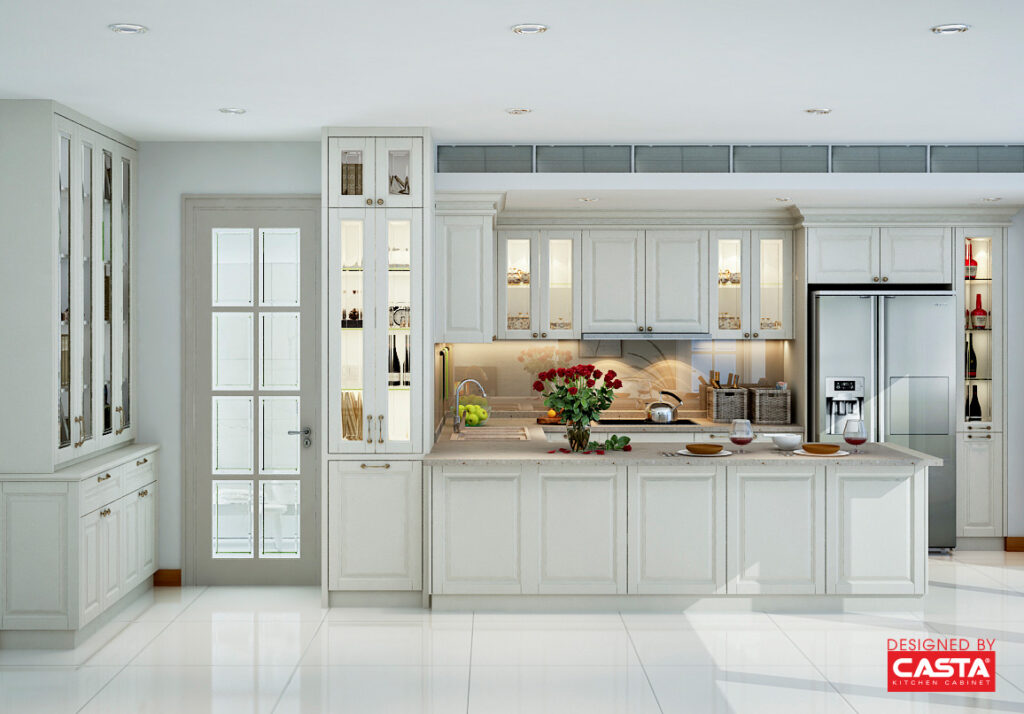
- Efficient Supply Chain & Logistics:
- With lead times of just 25–40 days door-to-port for North American destinations, you can count on timely delivery of soft close vs self close cabinet hinges in both small and large quantities.
- Our coordinated export packaging, including protective crates and foam inserts, minimizes transit damage to sensitive hinge mechanisms—critical for both hydraulic soft close and spring-driven self close models.
- Value-Added Support:
- Beyond product delivery, Casta offers technical advice on soft close vs self close cabinet hinges installation best practices, from mounting plate alignment to tension adjustment, to help contractors avoid callbacks and ensure optimal performance.
- Our after-sales team can assist with troubleshooting any hinge-related issues, whether you’re working with dampened soft close systems or mechanical self close solutions.
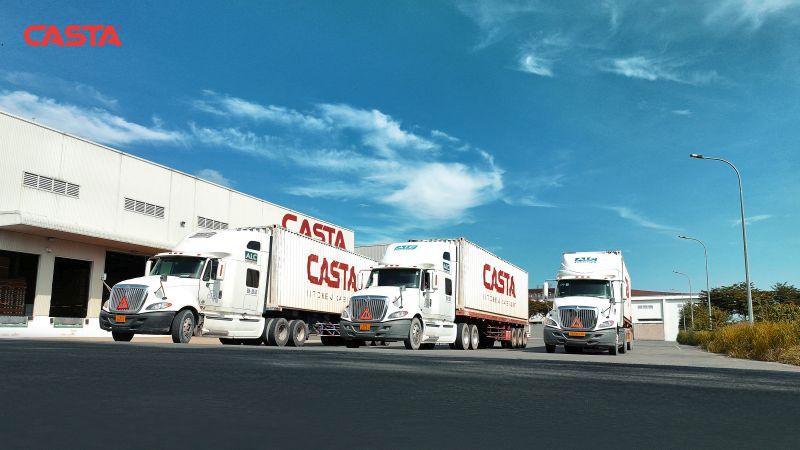
By choosing Casta Cabinetry for your soft close vs self close cabinet hinges procurement, you gain more than just hardware—you secure a full-service partner dedicated to quality, compliance, and seamless integration for every cabinet project.
Learn more: Casta’s outstanding international projects
9. Conclusion: Making the Right Hinge Choice for Your Cabinets
Choosing between soft close cabinet hinges and self close hinges for cabinets hinges on project goals: opt for soft close when luxury, safety, and quiet operation are priorities; select self close for cost-sensitive, high-volume, or commercial installations. Hybrid self-closing soft close cabinet hinges offer both automatic pull-in and dampening if versatility is paramount. Partnering with a trusted supplier like Casta Cabinetry ensures you receive high-quality, certified hinges tailored to your specifications—delivering exceptional value, performance, and user satisfaction across every cabinet project.
10. FAQ Section
What is the main difference between soft close and self close cabinet hinges?
Are soft close hinges worth the extra cost?
Can I retrofit my cabinets with soft close hinges?
What maintenance is required for self close hinges?
How do I choose the best hinge type for my project?
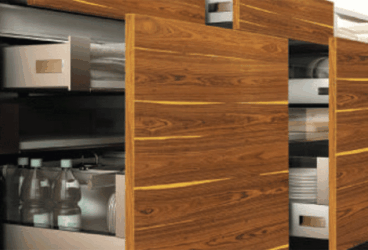
MDF vs Plywood for Kitchen Cabinets – Which is Better?...
MDF vs Plywood for kitchen cabinets is one of the most important decisions contractors and furniture brands must make wh...
11/14/2025 | David Nguyen
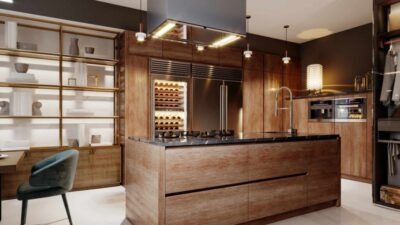
Plywood Kitchen Cabinets: Pros and Cons Explained for Contra...
Plywood kitchen cabinets are now one of the most preferred options in modern kitchen manufacturing, combining durability...
11/12/2025 | David Nguyen
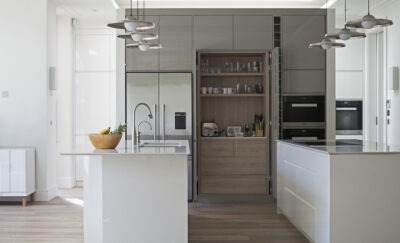
Best Italian Kitchen Cabinets: Modern Design, Precision Craf...
Italian kitchen cabinets represent the gold standard in modern kitchen design — celebrated for their craftsmanship, slee...
10/29/2025 | David Nguyen
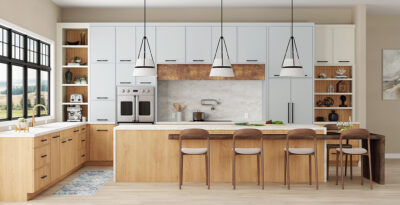
European vs American Kitchen Cabinets: Key Differences &...
European vs American kitchen cabinets is a core decision for anyone specifying cabinetry for modern buildings or homes. ...
10/27/2025 | David Nguyen
Contact us
Casta is always ready to listen and answer all customers' questions
